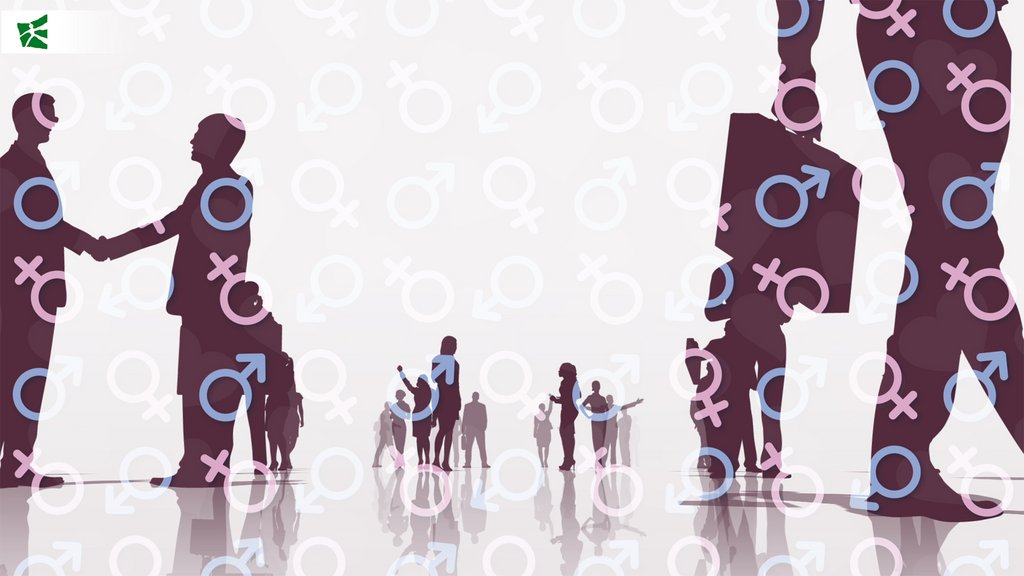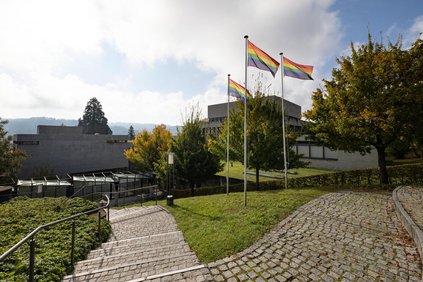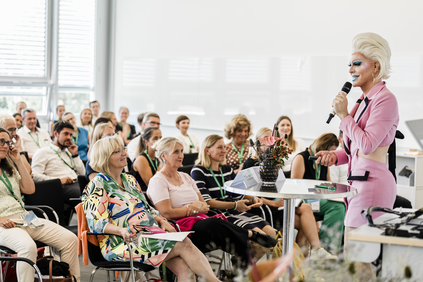Research - 10.09.2020 - 00:00
Diversity in Swiss firms: the glass ceiling remains stubbornly in place
To pursue a successful career, women still have to surmount high barriers in Switzerland. This is revealed by the latest Gender Intelligence Report 2020, a study jointly conducted by the Advance organisation and the Competence Center for Diversity & Inclusion (CCDI-HSG) at the University of St.Gallen.

10 September 2020. The report appears for the fourth time in 2020 and provides facts and figures about the development of diversity in Swiss companies. The evaluation was based on data from 302,000 employees in 75 organisations. According to the study, only 18 per cent of the positions in top management are occupied by women in the companies under review. Although most of the participating firms have subscribed to the promotion of diversity and taken initial measures, the process is only advancing slowly. Prof Dr. Gudrun Sander, Director of the HSG’s Competence Center for Diversity & Inclusion, and Alkistis Petropaki, General Manager of Advance, explain the background in a video clip.
Barometer for diversity in the Swiss labour market
A novelty of the new Gender Intelligence Report is the Gender Maturity Compass (GMC), a model which places companies on their journey towards gender diversity & inclusion (D&I) at four different levels. On the one hand, this makes it possible for progress in the D&I maturity of organisations to be measured. On the other hand, the Gender Maturity Compass provides bearings and specifically helps companies to attain a balanced gender distribution. Companies at the lowest level I provide evidence of a clear declaration of intent to increase the proportion of women in management positions, while companies at the top level IV have the highest D&I degree of maturity. In these companies, the gender distribution is balanced at all hierarchical levels.
Gender diversity in the early stages
The majority of participating companies have attained level I. 20% and 11% are positioned at levels II and III, respectively. Also, there are many companies which almost reach these two levels. However, only 5% reach the highest degree of maturity. The distribution of the companies on four levels clearly reveals that gender diversity in Swiss companies is often still in its early stages. All the companies which have attained levels III and IV of the Gender Maturity Compass are Advance members. The same holds true for more than 90% of the companies which have reached level II.
“Glass ceiling” broken through in three firms
Three of the participating companies have a very high degree of D&I maturity. In these companies, the gender distribution is similar at all hierarchical levels. In other words: hardly any women are lost on the way upward. These companies succeed in employing and promoting women at least proportionately to men, and in retaining them thanks to an inclusive corporate culture. Best practices in the report provide an insight into the specific measures that companies have taken on this journey.
Downturn at the top
Across all companies, the results look different, though: whereas on average, almost all employees in non-management positions are women (49%), their proportion decreases by 20 percentage points if we look at all management posts (29%). In top and upper management jobs, the proportion of women drops even further to 18%, a difference of more than 30 percentage points from the basis (49%). This allows for the conclusion that women still face great barriers when it comes to reaching higher management positions. Things can be done differently, too: companies which have participated in the Gender Intelligence Report for several years register an increase in the proportion of women in upper and middle management. Whereas in 2018, an average of 20% of women of these firms were represented, their number rose by 3 percentage points to 23% by 2020. If we only look at the upper and top management, the increase even amounted to 6 percentage points, from 15% in 2018 to 21% in 2020.
Promotions in the “rush hour” of life
Most promotions take place between 31 and 40 years of age. This is also the time during which many people start a family. If we look at the employment rate in this age group, it strongly decreases among women while remaining the same among men. This is probably linked to family and care work, which in Switzerland is still the realm of women to the greatest possible extent. With full-time work as the standard in management on the one hand, and unevenly distributed family and care work on the other hand, women’s careers are still confronted with structural and cultural barriers.
Clear promotion targets and a new composition of teams
On average, women are promoted at a disproportionately low rate (37%) in comparison with their proportion among all employees (40%). To increase the representation of women at higher hierarchical levels, it makes sense to define targets in such a way that the proportion of women’s promotions is identical with the proportion of women at the hierarchical level below. In addition, women should ideally be represented as strongly as men on all selection lists in cases of succession planning. A new opportunity also results from the wave of retirements of the baby boomer generation: one in three male managers is over 50 today, which will provide a historically unique opportunity to boost gender diversity in management teams.
Case studies of leading Swiss companies
In the second part of the study, 18 D&I best practices of Advance members have been published. They vividly document effective measures and their results. All the best practices can also be found here.The study was presented on 10 September 2020 in the context of the Diversity and Inclusion Week. Alkistis Petropaki, General Manager of Advance, and Prof. Dr. Gudrun Sander, Director of the Competence Center for Diversity & Inclusion (CCDI-HSG), presented the results. The Gender Intelligence Report can be downloaded here after online registration.
More articles from the same category
This could also be of interest to you
Discover our special topics
















